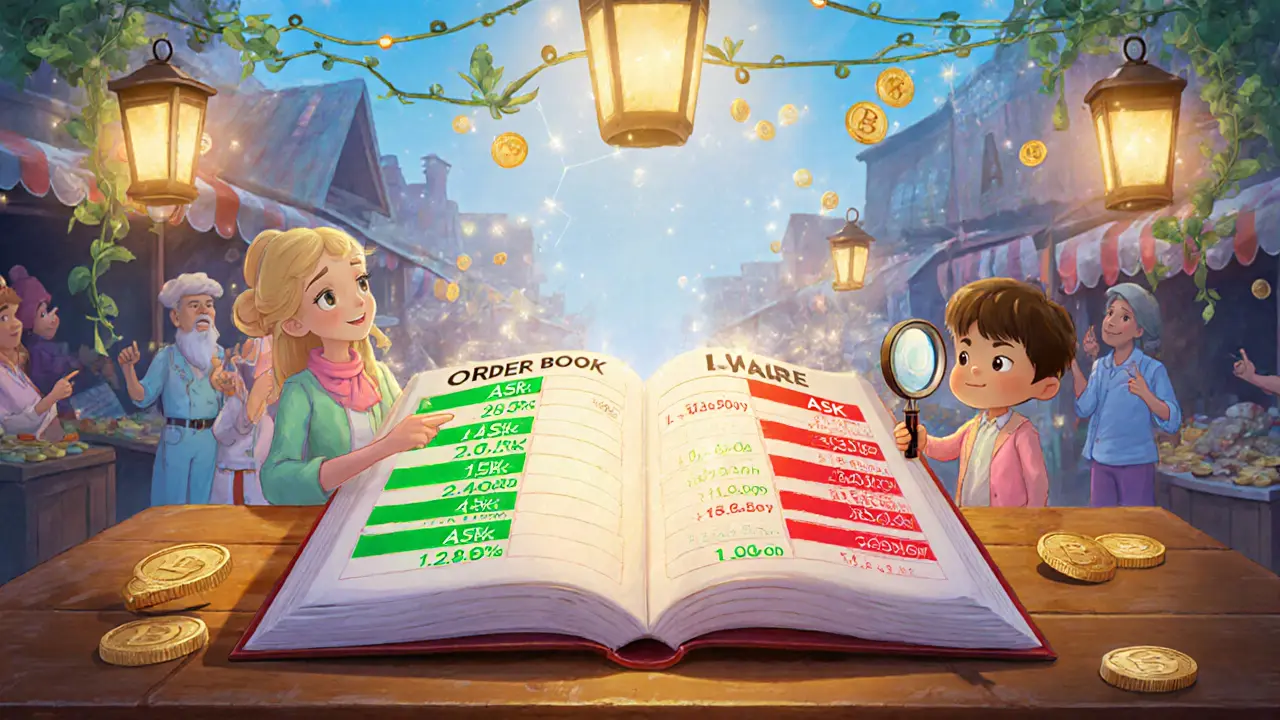Bid Ask Spread – What It Is and Why It Matters
When you look at bid ask spread, the difference between the highest price a buyer is willing to pay (bid) and the lowest price a seller will accept (ask) for a crypto asset. Also known as spread, it tells you how tight or wide the market is at any moment. Bid ask spread shows up the second you open a DEX chart and it instantly hints at the cost you’ll pay to get in or out of a position.
Understanding market liquidity, how easily a token can be bought or sold without moving its price significantly. Also called liquidity, it fuels the spread. The order book depth, the amount of buy and sell orders stacked at each price level in the order book (sometimes just depth) directly shapes how quickly the spread can tighten when demand spikes. In short, higher liquidity and deeper order books usually mean a narrower bid ask spread.
Traders rely on spread analysis, the process of measuring and interpreting the size of the bid ask spread over time. Also referred to as spread analytics, it helps you spot when a market is unusually tight or wide. A tight spread often signals healthy competition among market makers, while a wide spread can warn of low liquidity or upcoming volatility. By tracking these changes you can reduce slippage, which is the hidden cost that eats into your profit when the price moves against you during execution.
From a practical standpoint, the spread matters for every strategy. Day traders chase narrow spreads to squeeze out tiny price moves, while swing traders may tolerate a bit wider spread if the token’s price action promises bigger gains. Exchange fees also play a role: a platform with high taker fees can inflate the effective spread, making it more expensive to trade. Decentralized exchanges often show a tighter spread than centralized ones for the same asset because of automated market makers, but they add gas costs that you need to factor in.
Regulatory news and token‑specific events can swing the spread in unexpected ways. For example, a new sanction on a crypto‑related entity, a sudden change in mining regulations, or an airdrop announcement can cause traders to rush in or out, instantly widening the spread. Our collection of articles covers those side‑effects in depth – from Syrian crypto sanctions to Kazakhstan’s electricity rationing for mining, from token‑specific airdrop guides to the latest on DeFi futures platforms. All of these factors tie back to the core idea that the bid ask spread is a real‑time gauge of market health.
Key Factors That Shape the Bid Ask Spread
Liquidity, order book depth, exchange fees, gas costs, and external news each pull the spread in different directions. By keeping an eye on these variables you can decide when to enter a trade, how much you might pay in hidden costs, and whether the market conditions match your risk appetite. Below you’ll find a curated list of posts that dive deeper into each of these pieces, giving you the tools to read the spread like a seasoned trader.
Cryptocurrency Order Book Explained: How It Works & Why It Matters
Posted By Tristan Valehart On 15 Feb 2025 Comments (22)

Learn what a cryptocurrency order book is, how bids, asks and spreads work, and how to read market depth for smarter crypto trades.
READ MORE